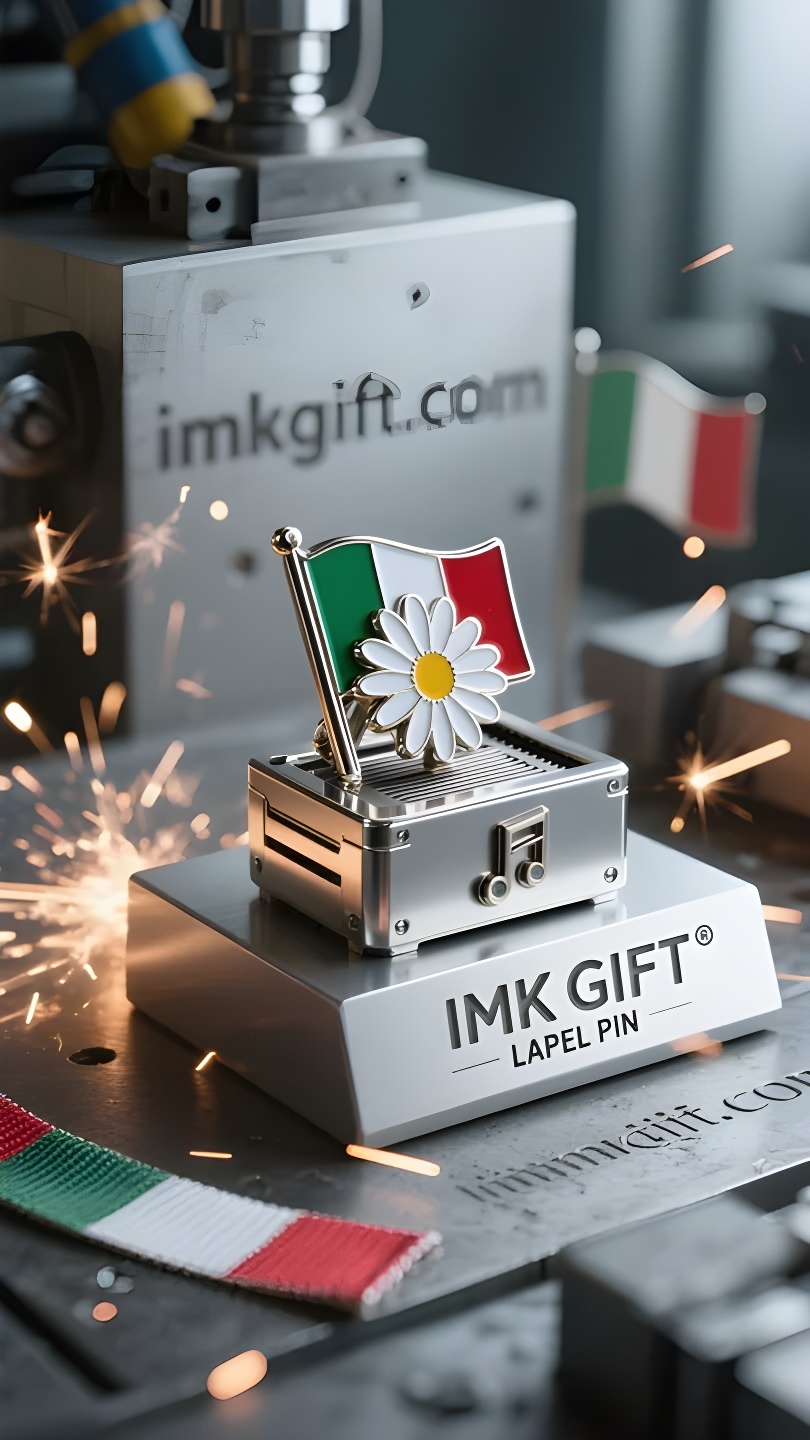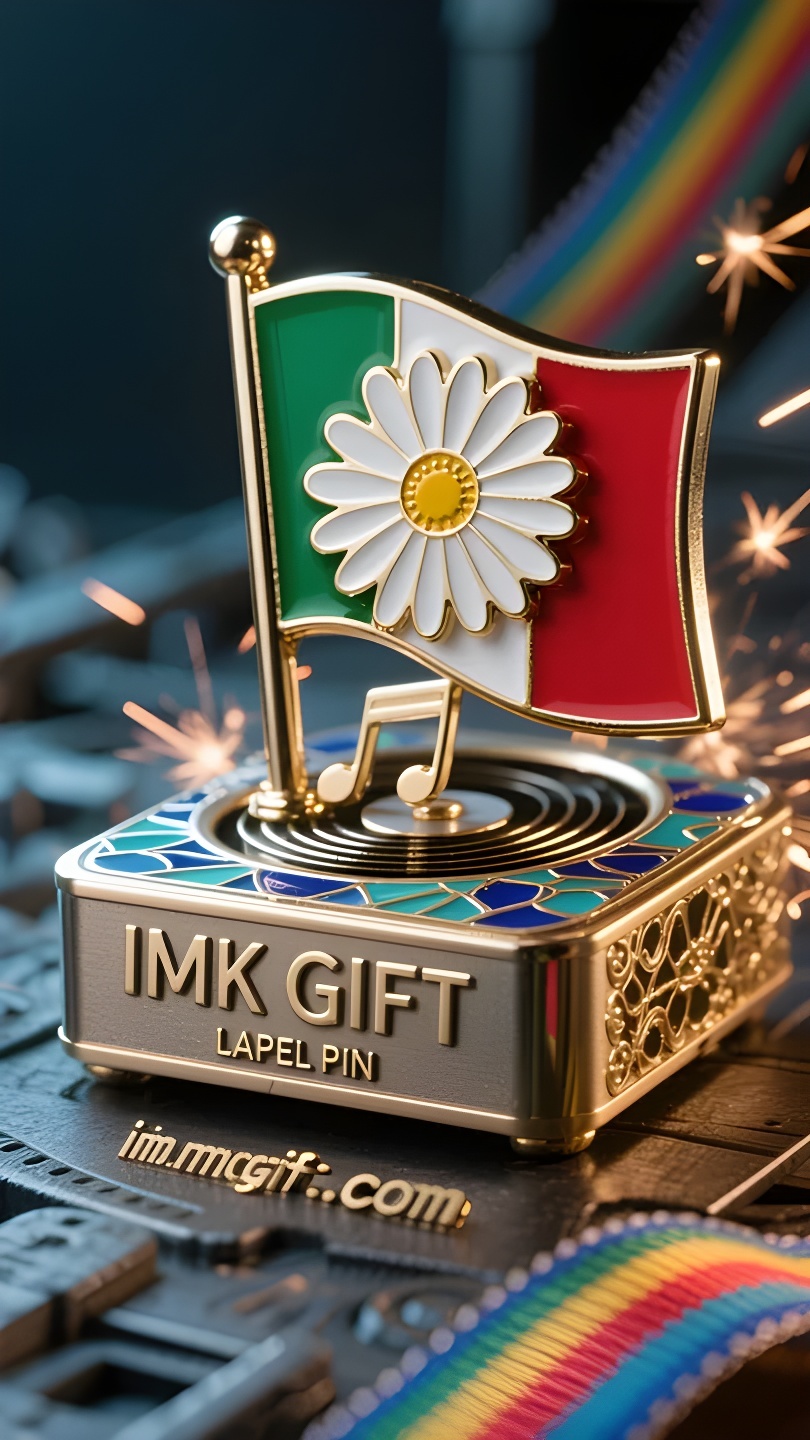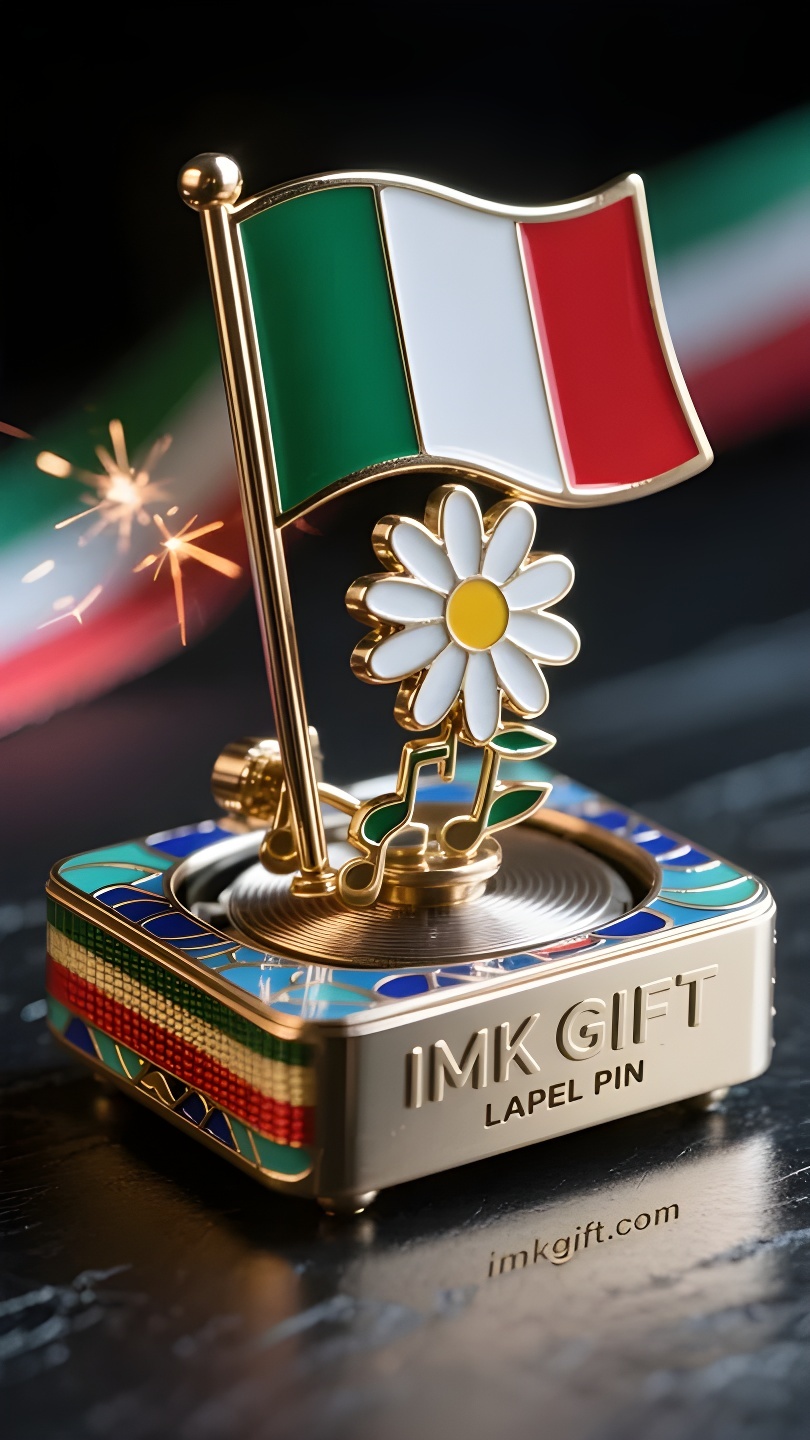in990-La-melodia-infinita-delle-margherite
▼
Nelle strade di Roma a giugno, il tricolore e il profumo delle margherite si intrecciano. In occasione della Festa della Repubblica, penso sempre al carillon argentato a forma di margherita in cima al letto di mia nonna. Il “Cantico di Mameli” che sgorga al volgere della primavera è come l’incessante vitalità di questo Paese. Il tricolore verde, bianco e rosso si distende al vento, proprio come il motivo a margherite inciso sul fondo del carillon: verde è la spina dorsale degli Appennini, bianco sono le vele bianche del Mar Adriatico e rosso sono le braci del Vesuvio. Mia nonna una volta disse: “Le margherite fioriscono nelle fessure delle rocce, proprio come gli italiani che ricostruiscono le loro case sulle rovine”. Ogni volta che gli ingranaggi del carillon iniziano a girare, le note frammentate saltano fuori dai pettini di rame, come semi di margherita seminati dal vento. Questo carillon, realizzato a Milano nel 1901, ha vissuto gli alti e bassi di due guerre mondiali, ma i suoi ingranaggi hanno sempre girato ostinatamente. Mia nonna lo ha protetto nel rifugio antiaereo durante le sirene antiaeree, mio padre lo ha usato per confortare il bambino nato dopo la guerra, e ora canta ancora dolcemente sulla mia scrivania. Ogni graffio è un suono di storia, e ogni nota è un fuoco di eredità. Quando risuonò il saluto della Festa della Repubblica, il carillon a margherita suonava ancora la melodia che ha attraversato i secoli. Proprio come gli italiani possono sempre piantare nuovi germogli tra le rovine, quegli ingranaggi levigati dal tempo ma mai silenziosi ci insegnano che la vera eternità non sta nell’apparenza perfetta, ma nella rotazione senza fine.
In the streets of Rome in June, the tricolor flag and the fragrance of daisies interweave. On the occasion of the Italian Republic Day, I always think of the silver-plated daisy music box at the head of my grandmother’s bed. The “Song of Mameli” that flows out when the spring is turned is like the never-ending vitality of this country. The green, white and red tricolor flag stretches in the wind, just like the daisy pattern engraved on the bottom of the music box – green is the backbone of the Apennine Mountains, white is the white sails of the Adriatic Sea, and red is the embers of Mount Vesuvius. My grandmother once said: “Daisies bloom in the cracks of the rocks, just like Italians rebuilding their homes on the ruins.” Whenever the gears of the music box start to turn, the fragmented notes jump out from the copper combs, like daisy seeds sown by the wind. This music box made in Milan in 1901 has experienced the vicissitudes of two world wars, but the clockwork gears have always turned stubbornly. My grandmother protected it in the air-raid shelter during the air raid sirens, my father used it to comfort the baby born after the war, and now it still sings softly on my desk. Every scratch is a ring of history, and every note is a fire of inheritance. When the Republic Day salute sounded, the daisy music box was still playing the melody that spanned centuries. Just as the Italians can always plant new buds among the ruins, those gears that have been polished by time but never silent teach us that true eternity is not in the perfect appearance, but in the never-ending rotation.
六月的罗马街头,三色旗与雏菊的芬芳交织。在意大利共和国日到来之际,我总想起祖母床头那架镀银雏菊音乐盒,转动发条时流淌出的《马梅利之歌》,如同这个国家永不停息的生命力。
绿白红三色旗在风中舒展,恰似音乐盒底盘镌刻的雏菊花纹——绿是亚平宁山脉的脊梁,白是亚得里亚海的白帆,红是维苏威火山的余烬。祖母曾说:”雏菊在岩石缝里开花,就像意大利人在废墟上重建家园。”每当音乐盒的齿轮开始转动,细碎的音符便从铜制音梳间跳跃而出,如同雏菊种子随风播撒。
这座1901年产自米兰的音乐盒,经历过两次世界大战的颠沛,发条齿轮却始终倔强地转动。祖母在空袭警报中护着它躲进防空洞,父亲用它安抚战后出生的婴儿,如今它仍在我书桌上轻声吟唱。每道划痕都是历史的年轮,每个音符都是传承的火种。
当共和国日的礼炮响起,雏菊音乐盒仍在奏响跨越世纪的旋律。正如意大利人总能在断壁残垣中种出新芽,那些历经时光打磨却永不沉默的齿轮,教会我们:真正的永恒不在完美的外表,而在永不停歇的转动里。
▼
Contact Us
📞 Tel: +0086-760-85286839
📧 Email: sales3@imkgift.com








